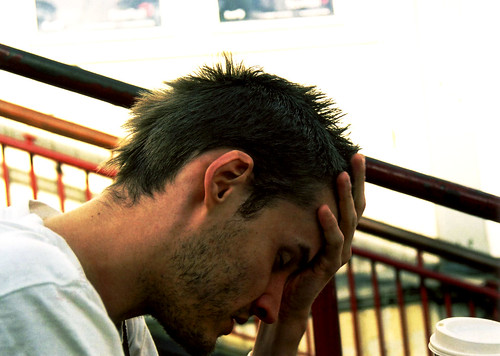Tried and True Construction Site Safety Measures
Construction is the most dangerous private sector industry in the U.S., but that does not mean that workers have to be put in constant danger. Instead, many of the issues that plague construction sites can be avoided by simply adhering to basic construction site safety measures that have been mandated by the U.S. Occupational Safety and Health Administration (OSHA). Unfortunately, many construction sites fail to utilize the necessary measures due to time and financial constraints. When this happens, the results can be disastrous. In fact, 721 people died on a construction site in 2011, and approximately 150,000 workers are injured every year.
Basic Safety Measures
- Warning Signs The importance of securing a construction site cannot be emphasized enough. After all, the fatality and injury rate is disproportionate to every other private sector industry, and this means that it is necessary for every employee to take extra precautions. The most common construction site accidents are tripping and falling. To avoid these issues, it is imperative for the work site to be cleared of extraneous debris, and any potential hazards such as cracks need to be either patched up or clearly pointed out. Utilizing signage is the best way to let workers know that there is a trip hazard or a slick surface, and these signs should be visible from every access point.
- Secured Ladders The majority of falls that happen involve ladders. A simple way to reduce the number of falls is to ensure that each worker is tethered to the ladder. If workers are required to be 30 feet up on a ladder it makes sense for them to be secured. Workers should always wear safety hard hats to reduce the risk of head injuries, and it is also a good idea to use construction bubble wrap underneath the ladder if the conditions appear to be difficult. In other words, if a worker is going high up a ladder on a windy day, extra safety measures should be used to prevent an injury or fatality.
The Importance of Documentation
In addition to using basic safety measures, it is also imperative for each construction site to properly document everything. After all, if a required safety inspection is performed but the results are not written down, it will be difficult to prove that the inspection took place. The safety leader at each construction site needs to inspect the site on a regular basis for any potential hazards, and all of the equipment should also be checked for defects.
Workers’ Compensation Claims
Failure to follow the proper procedures will make it difficult for an employer to turn down a worker’s comp claim. On the other hand, if an employee fails to follow the safety measures that are in place, they could forfeit their right to make a claim. There is a bill currently pending in North Carolina that would require employees to go through the legal system before they are eligible to file a worker’s compensation claim. Although this law may come into play, personal injury attorneys Charlotte based will confirm that under worker’s compensation laws in North Carolina, a worker who gets hurt doing any job-related task is entitled to benefits and a claim should be placed. There are specific rules in place in each state that need to be followed, and the law is constantly changing.
Regardless of the state that you are working in, it is vital to report any safety violations. After all, this is the best way to protect yourself and your co-workers. However, if you are still involved in a work site accident, you should contact a construction accident attorney immediately.
The wife of a Special Inspector, Nickey Williams knows a great deal about construction safety. The Auger & Auger personal injury attorneys Charlotte based understand that employers and insurers sometimes fail to live up to their legal obligations, and therefore, fighting for the benefits you are legally entitled to is their top priority.

